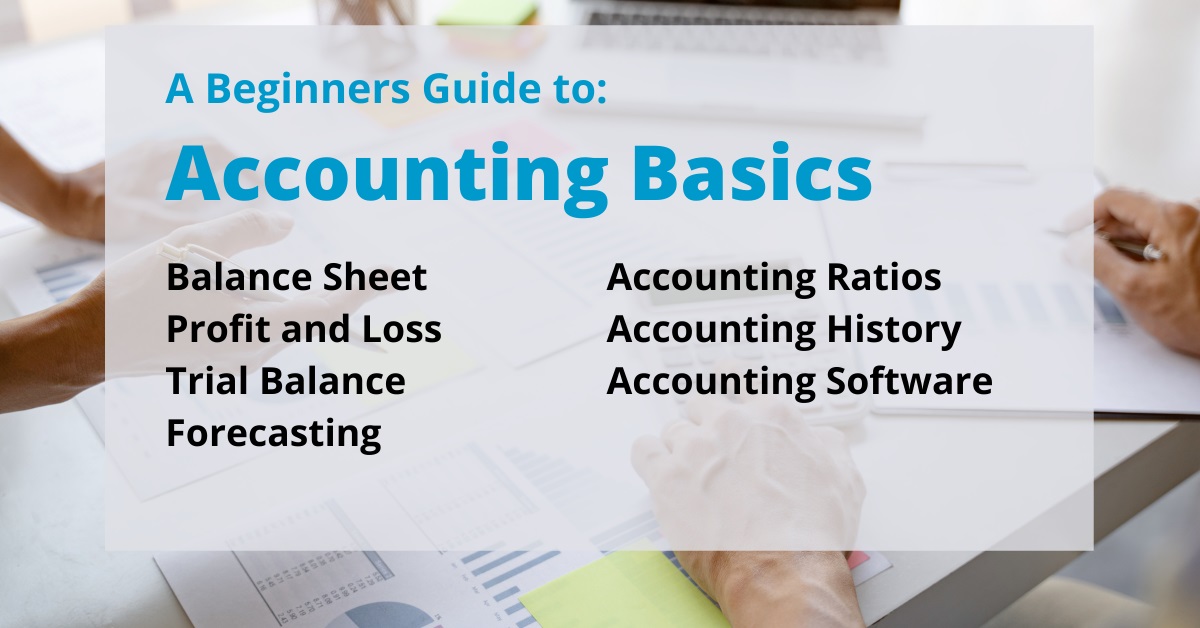Accounting is the practice of recording and reporting on business trades. The causing information can be an essential reviews loop for management, in order to observe how well a small business is carrying out against expectations. The next talk of accounting basic principles is required to give you a solid grounding that to comprehend how an accounting system works and exactly how it is employed to create financial reports.
Nobody really enjoys bookkeeping (except accountants) however the more you stick to top of it, the easier it gets. Having transparency with your business budget is the only path to ensure long term growth and success. In order to make your business better and much more profitable, you’ll first have to comprehend what’s working and what isn’t. You can’t make modifications and improvements to increase profit margins and productivity with no a clear idea of what’s occurring with your cash. Below is a set of the main element things you need to understand to truly have a good understanding on your business money and make sure your business is relocating the right direction. To get more information about Accounting Basics
System of Record Keeping
Assets
In business, an asset is whatever creates earnings or that the business enterprise advantages from owning. Here are some types of types of assets your business may have:
- Accounts receivable
- Cash
- Equipment
- Inventory
- Real estate
- Supplies
Liabilities
Liability is actually the contrary of an asset. That is something that your business owes. For instance, if you took out an enterprise loan and you are paying it again with interest this is considered a liability. Here are the types of liabilities your business may have:
- Accounts payable
- Interest payable
- Unearned service revenue
Revenues/income
Even though you’re pretty new to business you almost certainly have a good idea of what income and income means. This is the money that is earned by the business. Listed below are the types of earnings/income your business might generate:
- Interest income
- Rentals income
- Sales income

Expenses/expenditures
Expenses is the money flowing out of an business. This is actually the money that needs to be spent in order for the business to perform properly. For some businesses the largest expenses are usually payroll and paying suppliers. Here are the different types of expenses:
- Insurance expense
- Interest expense
- Salaries and wages
- Utilities
Equity
Running a business, equity is the worthiness of ownership. In essence, how much your business will probably be worth to each owner. An example of collateral would be stocks. Below are a few of the types of business equity:
- Dividends
- Owner’s capital
- Maintained earnings
Transactions
The accountant is accountable for producing a number of business transactions, while others are forwarded to the accountant from other areas of the business. As part of these transactions, they may be registered within the accounts that people mentioned in the first point. Key trades are:
- Purchase materials and services. Requires the issuance of purchase purchases and the repayment of distributor invoices.
- Sell goods and services to customers. Requires the creation of an invoice to be delivered to each customer, documenting the total amount owed by the client.
- Receive obligations from customers. Requires coordinating received cash to wide open invoices.
- Pay employees. Requires the assortment of time worked information from employees, which is then used to produce gross income information, tax deductions, and other deductions, leading to online pay to employees.
Reporting
Once all the deals related to an accounting period have been completed, the accountant aggregates the info stored in the accounts and reformats it into three documents that are collectively called the financial assertions. These assertions are:
- Income affirmation. This document presents earnings and subtracts all bills incurred to reach at a online loss or profit for the reporting period. It steps the ability of a business to get customers and operate in an efficient manner.
- Balance sheet. This record presents the investments, liabilities, and collateral of your business as of the end of the confirming period. It presents the budget of the entity by a point with time, which is meticulously reviewed to look for the capability of a business to pay its charges.
- Statement of cash moves. This document presents the options and uses of cash through the reporting period. It really is especially useful when the quantity of net income showing on the income statement varies from the net change in cash through the reporting period.



